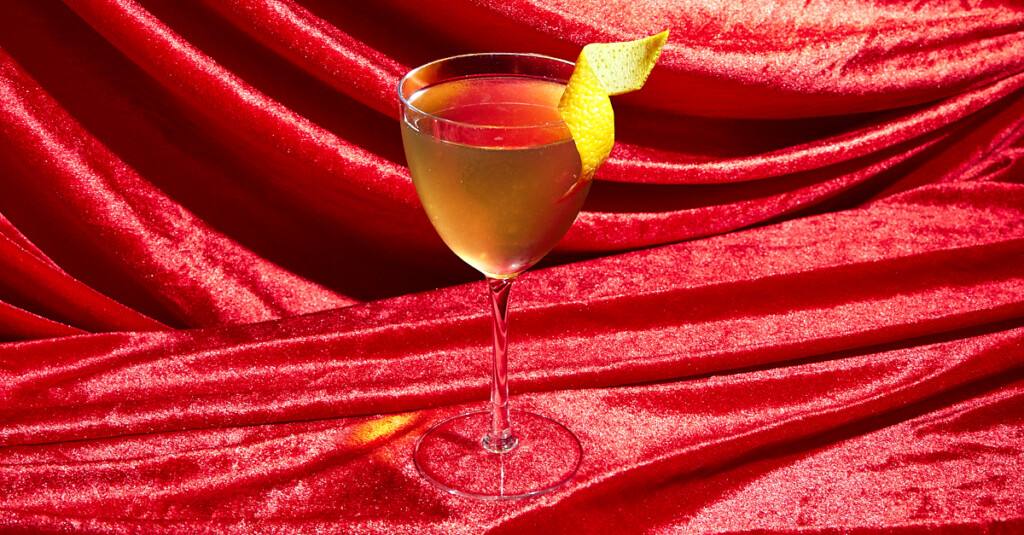The Story Behind The Tuxedo
In the landscape of pre-Prohibition cocktails, few are as nebulous as the Tuxedo — an austere, elegant, slightly estranged relative of the Martini. Characterized by countless recipe tweaks and conflicting, numbered variations, this gin-based cocktail has seen absinthe rinses, dashes of Maraschino liqueur, and balancing acts between vermouth and sherry, but no single spec that can be unanimously agreed upon. All is to say, like the Martini, the Tuxedo can be fine-tuned to one’s liking while still remaining true to the drink’s vast template.
The Tuxedo’s complicated history harkens back to the late 1800s. In 1886, the Tuxedo Club — a sort of early example of an American country club — was established in the gated community of Tuxedo Park in Orange County, N.Y. The “Tuxedo” name is actually derived from the Lenape word “tucseto” meaning “crooked water” or “crooked river” originally associated with the area. The word took on a whole new meaning when a Tuxedo Club member by the name of James Potter was invited to lunch with the Prince of Wales (later King Edward VII) overseas. Unsure of what to wear for the occasion, Potter asked the Prince for advice, and was told to see tailor Henry Poole upon arriving in London. Poole fixed Potter up with a formal suit sans coattails, and upon Potter’s return to the Tuxedo Club, the other members were drawn to the newfangled look. Allegedly, it was tradition for the Tuxedo Club folks to take the train into NYC and grab drinks at the famous Waldorf-Astoria Hotel, where the cocktail is believed to have been invented.
Though many believe the drink’s birth predates its initial publication, the Tuxedo made its print debut in the 1900 book “Harry Johnson’s New and Improved Bartenders’ Manual.” There, it’s listed as the “Tuxedo Cocktail” with a build of Tom gin, French vermouth, absinthe, Maraschino liqueur, and orange bitters — garnished with a cherry and lemon peel. Over the next 40 years, the drink shows up in countless cocktail tomes, all with either repeating or differing specs and under the shifting monikers Tuxedo, Tuxedo No. 2, and the Tussetto. Between Jacques Straub’s “Straub’s Manual of Mixed Drinks,” Harry Craddock’s “The Savoy Cocktail Book,” David Embury’s “The Fine Art of Mixing Drinks,” Harry McElhone’s “Barflies and Cocktails,” and other books, the number of variations is staggering. However, according to cocktail historian David Wondrich, the original recipe appears in the 1935 “Old Waldorf-Astoria Bar Book.” There, it’s listed with the caption: “After a settlement on the Erie R. R. where many customers of the Bar had country places,” alluding to the fact that it was a favorite among Tuxedo Club members who accessed NYC via the Erie railroad.
Some claim that the Waldorf’s spec is actually a Tuxedo No. 4, but for all intents and purposes, the simple build of Plymouth gin, dry sherry, and orange bitters is said to be the Martini riff that started it all. Many recipes dance between Old Tom and London dry gin, but Plymouth’s profile lands between the two. Dry sherry brings a tangy nuttiness and orange bitters weave it all together.
